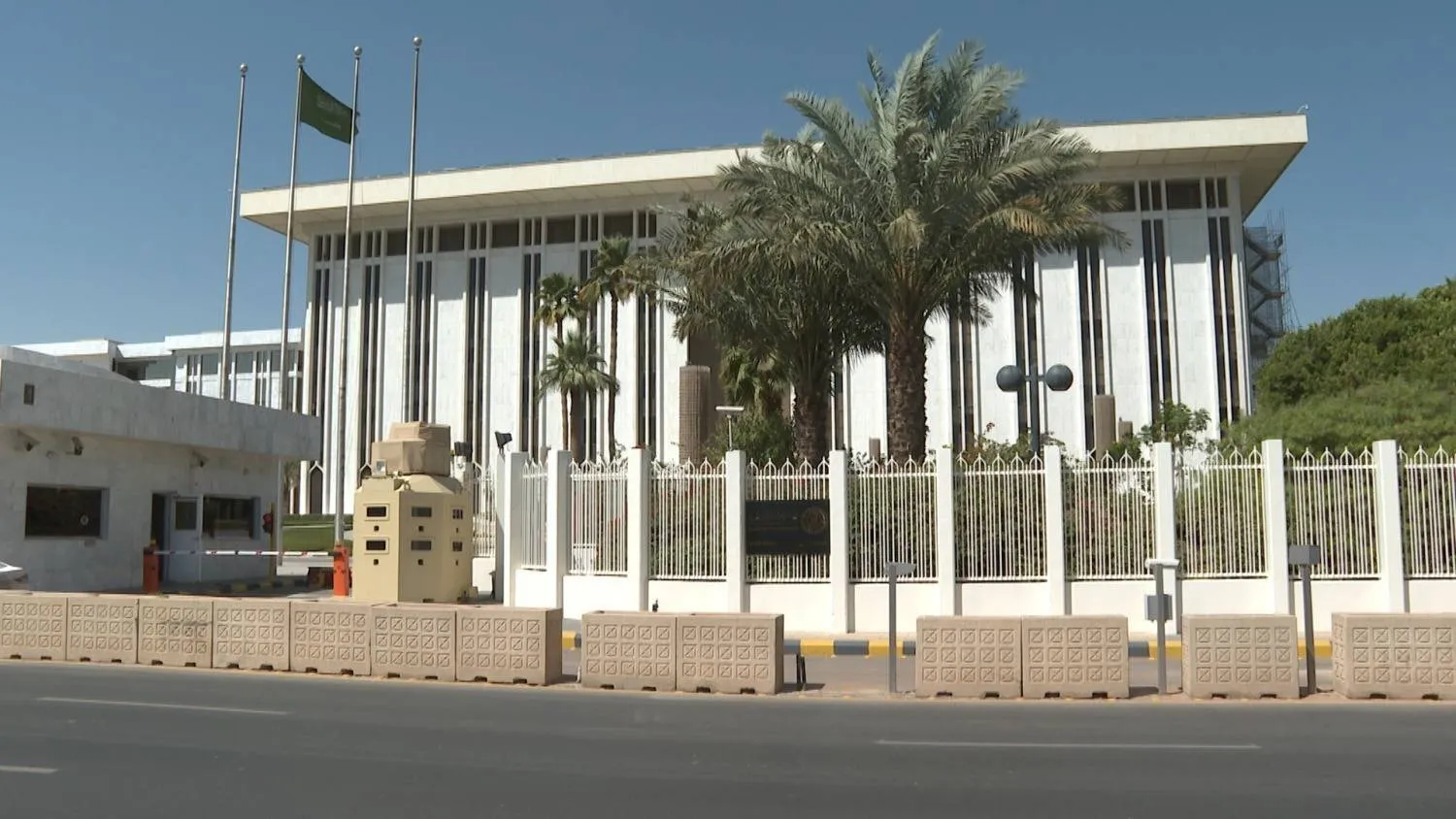Elon Musk's 2018 pay package from Tesla, once worth $56 billion, was restored by the Delaware Supreme Court on Friday, nearly two years after a lower court struck down the compensation deal as "unfathomable." The ruling overturns a decision that had prompted a furious backlash from Musk and damaged Delaware's business-friendly reputation. It assures Musk greater control over the company, which he has said is his main concern, even after shareholders recently approved a new pay package that could be worth $878 billion if Tesla meets certain targets, Reuters reported.
The Supreme Court said a 2024 ruling that rescinded the pay package had been improper and inequitable to Musk. The remedy of total rescission "leaves Musk uncompensated for his time and efforts over a period of six years," the 49-page ruling issued on Friday stated.
The 2018 pay package is now worth about $139 billion based on the price of Tesla's stock at the close of trading on Friday. "For Elon, this is a win because he gets control faster," said Gene Munster, managing partner at Tesla investor Deepwater Asset Management.
If Musk exercises all the stock options from the 2018 package, his stake in Tesla would grow from about 12.4% to 18.1% of an expanded share base. The company is issuing shares tied to his new pay package, although he must earn them by hitting performance goals.
Tesla shares were up less than 1% in after-hours trading following the ruling.
Tesla did not immediately respond to a request for comment. Musk posted on X that he was "vindicated." Lawyers who challenged the pay package said in a statement that they were considering their next steps and were "proud to have participated in the historic verdict below, calling to account the Tesla board and its largest stockholder for their breaches of fiduciary duty." The pay package was by far the largest ever until Tesla shareholders approved the new pay plan in November. If Tesla’s appeal had failed, it could have triggered a $26 billion hit to profit over two years to account for the replacement stock-compensation package it had promised Musk – at today’s much higher stock price.
The 2018 pay deal provided Musk options to acquire about 304 million Tesla shares at a deeply discounted price if the company hit various milestones, which it did. The options represent around 9% of Tesla's outstanding stock. Musk never collected his stock options because soon after shareholders approved the 2018 compensation, the board was sued by Richard Tornetta, an investor with nine Tesla shares.
UNFRIENDLY TO BUSINESS?
In 2024, after a five-day trial, Delaware Judge Kathaleen McCormick concluded that Tesla's directors were conflicted and key facts were hidden from shareholders when they voted to approve the plan. She ordered that the 2018 plan be rescinded.
Musk accused Delaware judges of being activists who are hostile to tech founders and he urged businesses to follow Tesla and reincorporate elsewhere. Dropbox, Roblox, Trade Desk and Coinbase were among the handful of large companies that moved their legal homes to Nevada or Texas. However, Delaware remains by far the most popular legal home for U.S. public companies.
Tesla's board had warned that Musk, the world's richest person who also leads the SpaceX rocket venture and artificial intelligence startup xAI, could leave the electric car company if he did not get the pay he wanted and an increase in his voting power. The Delaware Supreme Court may have been reluctant to annul Musk's pay package because shareholders had overwhelmingly voted in favor of it, said Brian Dunn, director of the Institute for Compensation Studies at Cornell University’s School of Industrial and Labor Relations. "I think that there's some belief that maybe the courts shouldn't get between the shareholders and the decisions that they make," said Dunn. Shareholders approved the new pay package in November and Tesla has taken steps to reduce the risk that a shareholder could tie up the 2025 package in the courts.
The Austin-based company is now incorporated in Texas, which allows Tesla to require that any investor or group of investors must own 3% of the company stock before suing for an alleged corporate law violation. A stake of that size would be worth around $30 billion and Musk is the only individual with that much stock.









